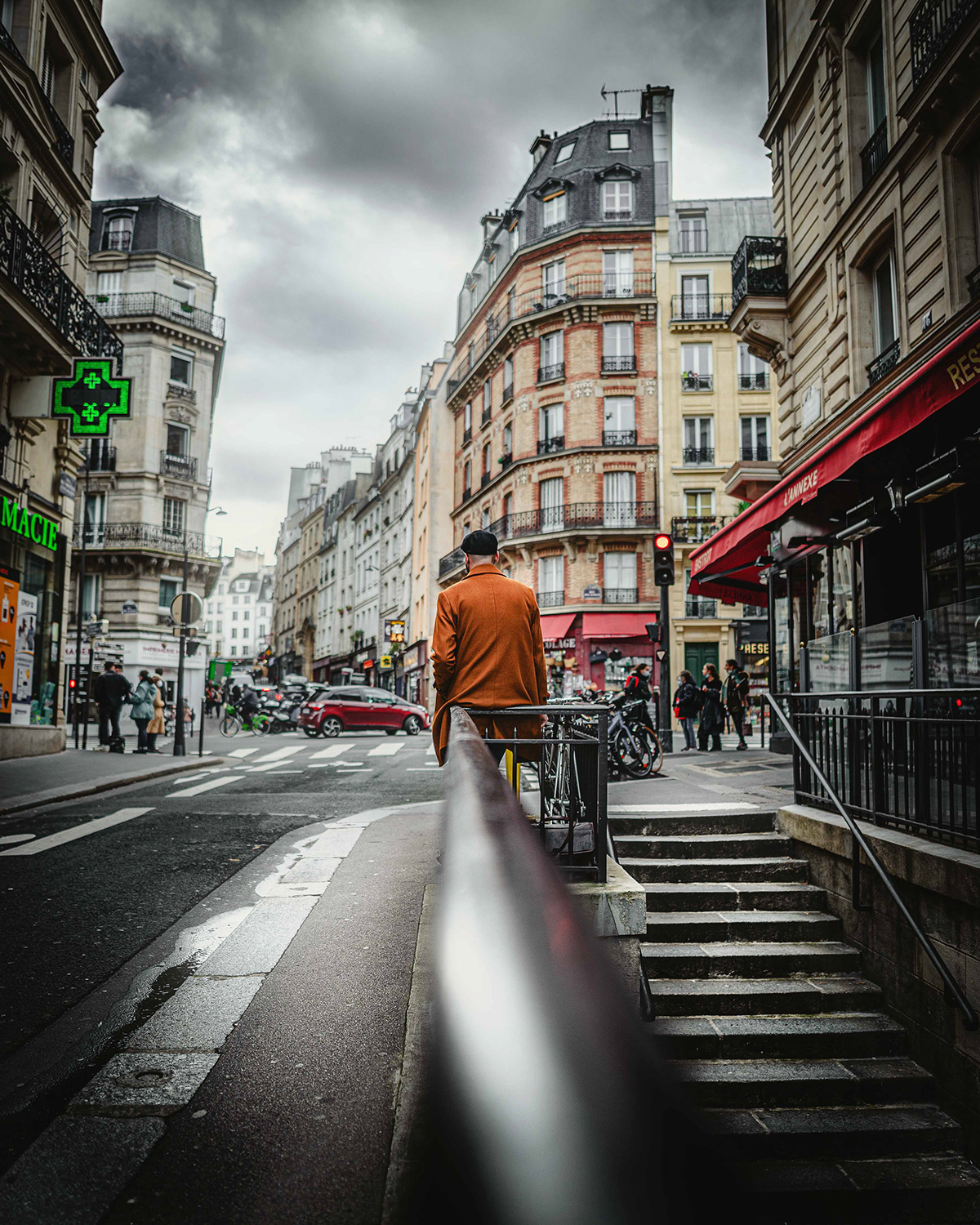The Buzz on Street Photographers
Table of ContentsFascination About Street PhotographersStreet Photographers - The FactsThe Buzz on Street Photographers5 Easy Facts About Street Photographers ExplainedThe Only Guide for Street Photographers
A style of digital photography that records day-to-day life in a public area. The very publicness of the setup enables the photographer to take honest images of complete strangers, typically without their expertise. Road photographers do not necessarily have a social function in mind, but they favor to separate and catch moments which might or else go unnoticed (Street Photographers).He was affected by several of those who affected the road professional photographers of the 1950s and '60s, he was not primarily interested in capturing the spirit of the street. The impulse to visually document people in public started with 19th-century painters such as Edgar Degas, douard Manet, and Henri de Toulouse-Lautrec, who worked side by side with digital photographers trying to catch the essence of metropolitan life.
Due to the fact that of the somewhat primitive innovation readily available to him and the lengthy direct exposure time required, he struggled to catch the hustle and bustle of the Paris roads. He experimented with a series of photographic approaches, attempting to discover one that would permit him to capture activity without a blur, and he found some success with the calotype, patented in 1841 by William Henry Fox Talbot. As opposed to Atget, photographer Charles Marville was worked with by the city of Paris to develop an encyclopaedic file of Haussmann's city preparation task as it unfolded, thus old and new Paris. While the professional photographers' topic was basically the same, the results were markedly different, showing the effect of the professional photographer's bent on the character of the pictures he produced.
Given the fine quality of his photos and the breadth of product, engineers and musicians commonly got Atget's prints to make use of as referral for their own work, though industrial interests were barely his main inspiration. Rather, he was driven to photograph every last remnant of the Paris he enjoyed. The mingled passion and necessity of his goal shine through, causing photographs that tell his very own experience of the city, high qualities that prepared for road digital photography of the 20th century.
The Basic Principles Of Street Photographers
They reveal the city via his eyes. His work and fundamental understanding of digital photography as an art type acted as inspiration to generations of photographers that adhered to. The future generation of road professional photographers, though they likely did not refer to themselves as such, was ushered in by the photojournalism of Hungarian-born digital photographer Andr Kertsz.
Unlike his peers, Brassa used a larger-format Voigtlnder video camera with a much longer direct exposure time, forcing him to be more computed and thoughtful in his method than he may have been if utilizing a Leica.
Cartier-Bresson was a champ of the Leica cam and one of the initial digital photographers to optimize its capabilities. The Leica allowed the professional photographer to interact with the environments and to catch minutes as they took place. Its relatively tiny size also helped the digital photographer fade into the history, which was Cartier-Bresson's favored method.
The Only Guide for Street Photographers
It is as a result of this basic understanding of the art of photo taking that he is commonly credited with uncovering the medium all over again approximately a century because its invention. He took photographs for more than a half century and affected generations of photographers to trust their eye and intuition in the moment.
These are the questions I will attempt to address: And then I'll leave you with my own meaning of street photography. Yes, we do. Let's start with defining what a definition is: According to (Street Photographers) it is: "The act of specifying, or of making something precise, unique, or clear"
No, most definitely not. The term is both limiting and misguiding. Seems like a road digital photography ought to be photos of a roads ideal?! And all road professional photographers, except for a tiny number of outright novices, will completely value that a company website street is not the crucial part to road digital photography, and really if it's a photo of a street with possibly a couple of boring people not doing anything of passion, that's not street digital photography that's a snapshot of a street.
Street Photographers for Beginners
He makes a legitimate point do not you assume? While I concur with him I'm not sure "candid public digital photography" will catch on (although I do kind of like the term "honest digital photography") since "road photography" has actually been around anonymous for a long time, with lots of masters' names affixed to it, so I believe the term is here to stay (Street Photographers).
Inside?! I hear you scream as you drink your clenched fist to the skies. Why not? You can contend the beach, at a celebration, in a street, in a park, in a piazza, in a cafe, at a museum or art gallery, in a city station, at an event, on a bridge, under a bridge ...

Street Photographers Fundamentals Explained
